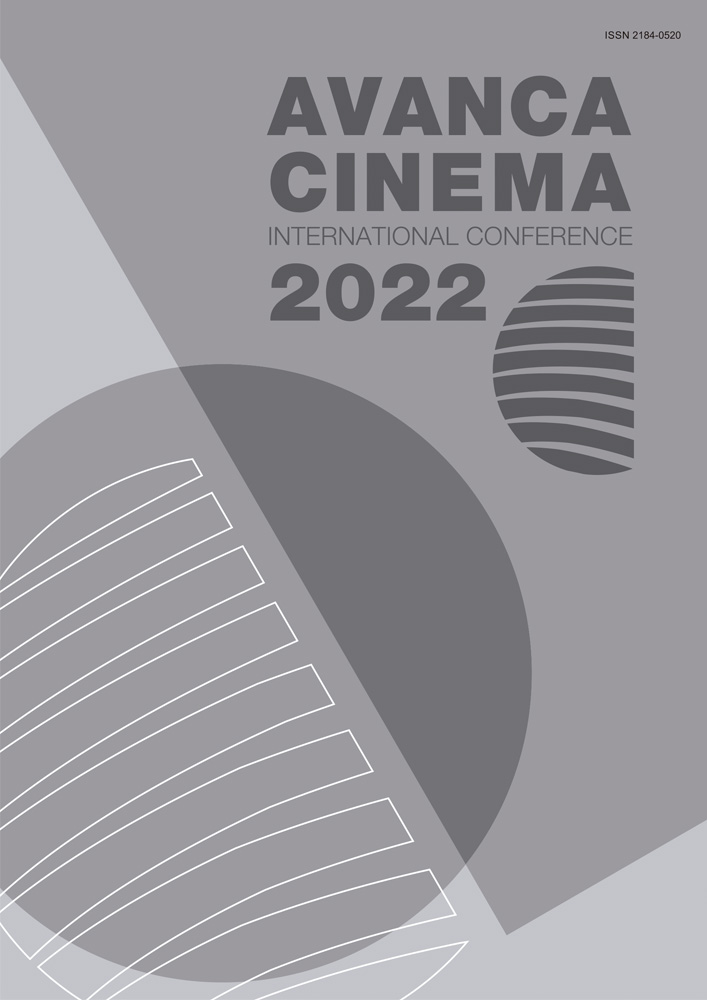Capítulo I _ Cinema – Arte
Shutter/Shudder to Think: Cinema after Cage
Resumo
When invited by Martin Scorsese to compose an original soundtrack for Shutter Island, Robbie Robertson, The Band’s guitarist and Scorsese’s long-time collaborator, proposed a selection of works by modern composers instead. Among those were Root of an Unfocus (1944) and Music for Marcel Duchamp (1947) by the avant-garde composer John Cage. The first is a prepared piano piece conceived at a pivotal moment in Cage’s career as he moved away from composing for percussion orchestra; the second accompanied the color animation sequence in Dreams that Money Can Buy by the Dadaist painter and filmmaker Hans Richter. Employing indeterminate methods to “circumvent any conscious or unconscious communication of his own subjectivity through his music,” Cage’s “aleatory” approach has subsequently been deployed by artists and filmmakers, its anarchic possibilities steadily infiltrating a range of filmic practices. Taking as my point of departure Cage’s largely unacknowledged influence on mainstream cinema, I explore the inventive potentials of his methods and consider them in light of Adorno’s aesthetic category of the “shudder”, a novel concept of spontaneity involving “involuntary and free receptivity before the unknown.” I conclude by focusing on cinema after Cage in three geographic regions: Asia, Europe, and North America.

Este trabalho encontra-se publicado com a Licença Internacional Creative Commons Atribuição 4.0.

